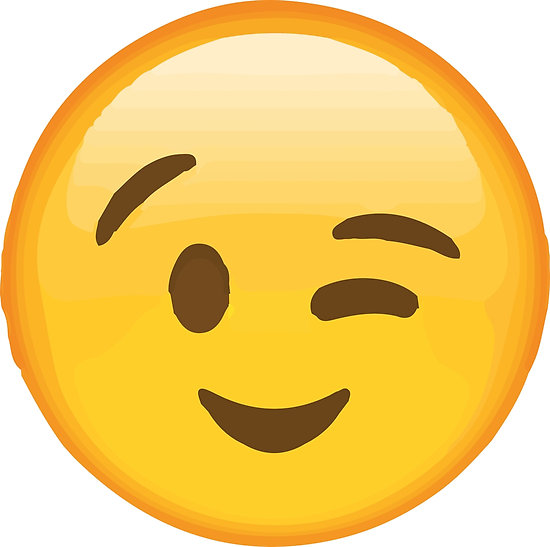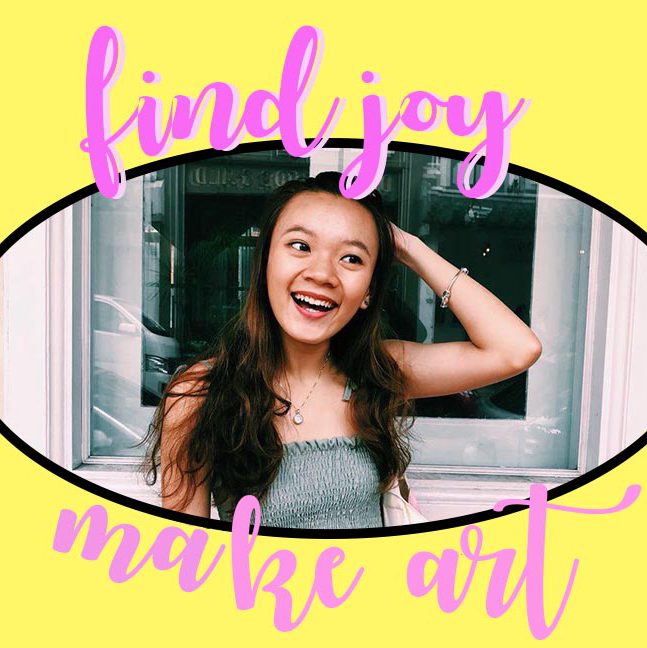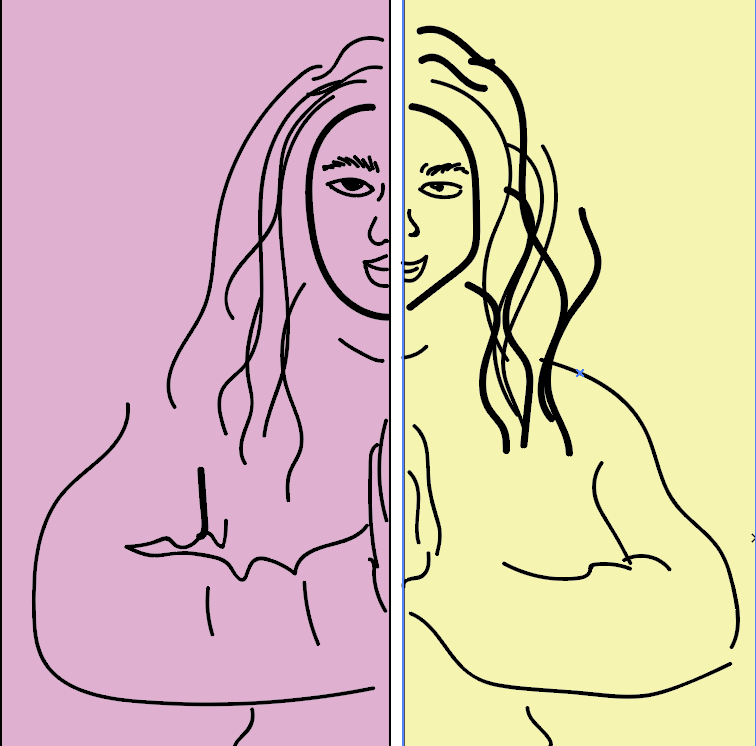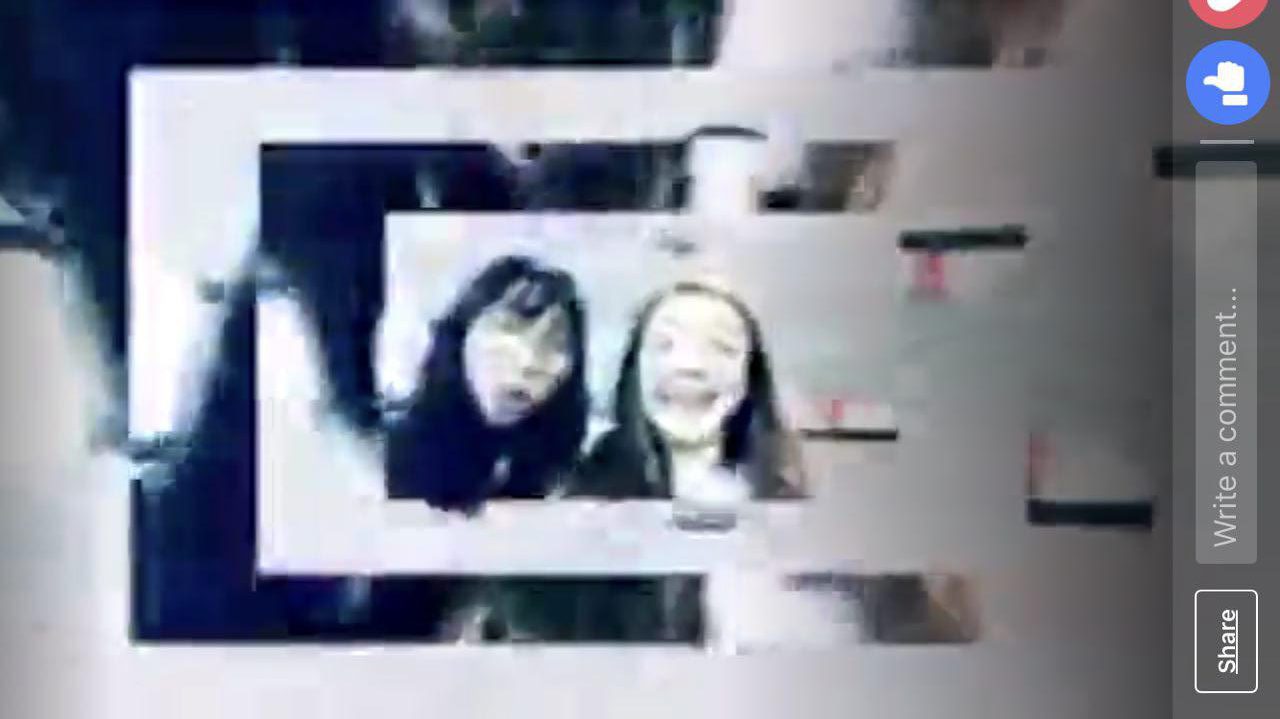
Tele-Stroll: a walk, talk and sharing of two spaces in two disparate locations.
3, 2, 1 and we are live!
A social broadcasting project, Tele-stroll: Series of Acts shows two girls accompanying each other home through going live on Instagram and putting up a media performance for their viewers and for each other.
“See you on the other side”
The “third-space”, a virtual platform, brings people from different locations together. This project highlighted the “third-space” where the two girls created a stage for a series of acts.
Acts and Synchronization
The 13 minutes long social broadcasting experience consists of 4 acts together with the synchronization of actions throughout.
Act 1: Hand Dance (01.21 to 01.43)
An unconventional dance movement that involves mainly the hands and fingers has become increasingly popular. Taking one screen per person, Zhen Qi and I learnt the hand dance moves for the first act.
Below is a video of the tutorial we followed for hand dance act:-
With large difficulties in aligning the screens and synchronizing with each other, we scraped a large portion of the hand dance and incorporated countings to be in-sync with each other.
Act 2: Humming and the Invisible Piano (04.50 to 05.05)
We hummed along to the chorus of The Saints Go Marching. Since it is a walk home from school, we thought singing tunes would kill the boredom and mundane walk. Adding a little spice to it, the split screen function allowed us to create an arm, playing the invisible piano to the tune. That concludes our second act.
Act 3: The Invasion of the Bird (05.09 to 05.39)
Living in a green city, we often hear the birds in the trees and we thought we add that into our walk home. Act 3 uses our hands to form a bird like figure on the screen. Whistling to mimic the sounds of the birds, we cued for the “bird” to take over the screen, as if to take over our social broadcast.
Act 4: Emoji Face! (13.00 to 13.17)
With emojis getting so much limelight, even the creation of emoji pillows, we thought how can we not include emoji faces with the split screen! We then created a series of emojis, 


Lastly, with two friends, how can we forget the heart emoji! Then we created our own friendship heart gesture, simply by tilting our hands downwards from the last gesture, bidding goodbye.
Synchonization came into the picture throughout, like placing the opening the doors of ADM at the start and completing an image of a zebra crossing albeit from a different location altogether.
Conclusions
Despite the numerous dry runs we have to make and having to deal with the lag time of the live, the overall experience was something new because prior to this assignment, I have yet to try going live on my social media platforms. Tapping onto the split screen nature of the live stream to create a totally different experience with the collaboration of both parties live was a fresh experience.







